Hands-on with the Windows 10 Mobile powered Xiaomi Mi4
After several months of waiting, Microsoft and Xiaomi unleashed the fruits of their collaboration to the public. And here it is.
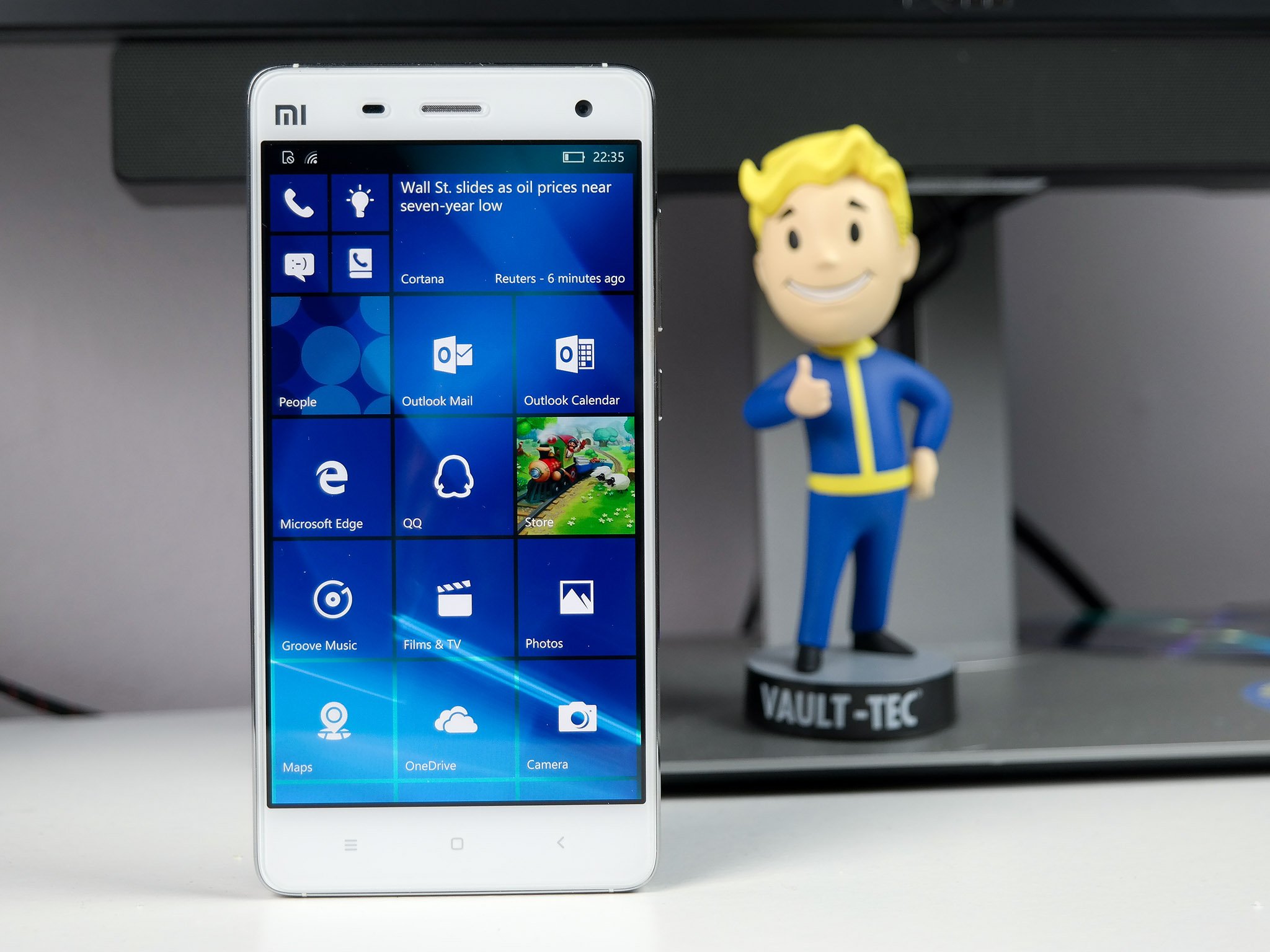
This is a Xiaomi Mi4 that began its life as a regular, Android running, MIUI phone. After some not too difficult steps to flash Windows 10 to it and replace the Android based OS, we now have a fully functioning Mi4 with Windows 10 Mobile.
And all told, it's really nice.
The ROM has been in testing for a while now but initially it was limited to the Chinese market only. This changed recently with the public release of a global ROM available to anyone who owns a Mi4. Or rather, almost anyone who owns a Mi4. The big caveat here is that the Windows 10 ROM is only available to the LTE version of the Mi4, which means the HSPA only model solid in places like India (referred to as the Mi4w by many) is not currently supported.
But if you have one of the correct models, flashing it to Windows 10 is actually a very simple process. Xiaomi has a flashing tool for Windows that you can download from its forums, the ROM comes directly from Microsoft and with some light command line work and pointing the tool at the ROM everything else is done for you.
The Xiaomi Forums has a superb step-by-step guide which you'll find at the link below.
How to flash the Xiaomi Mi4 with Windows 10 Mobile
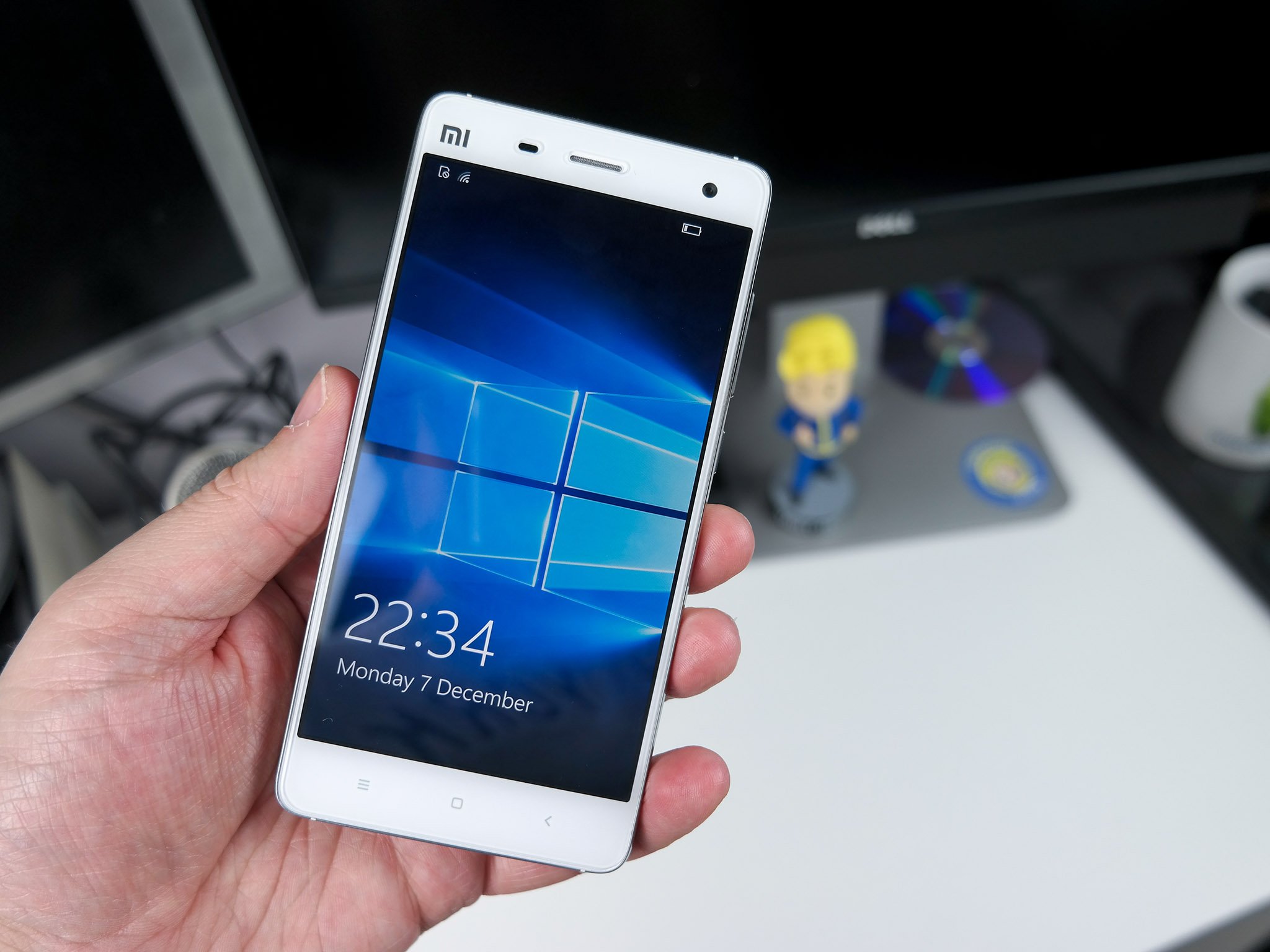
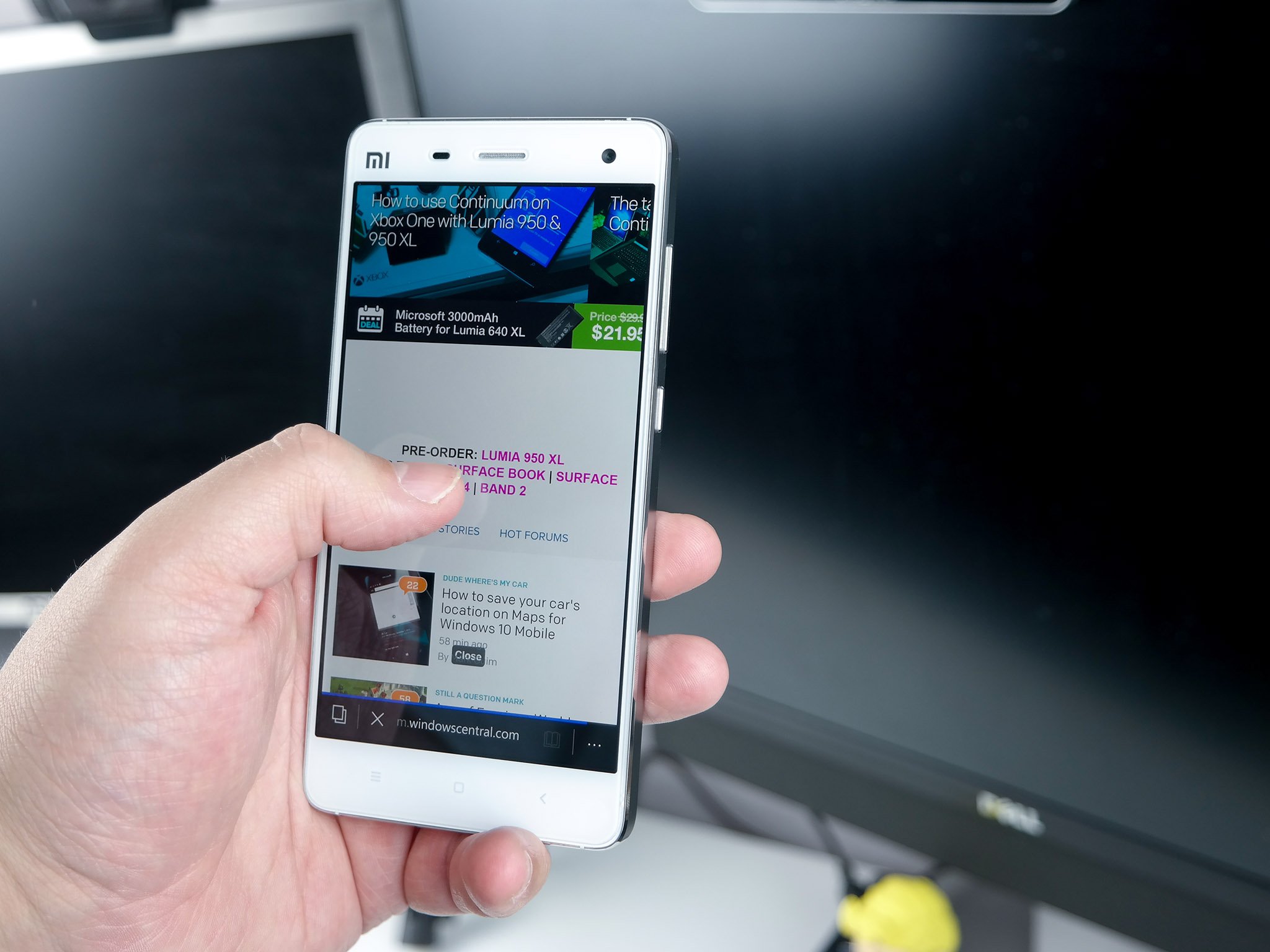
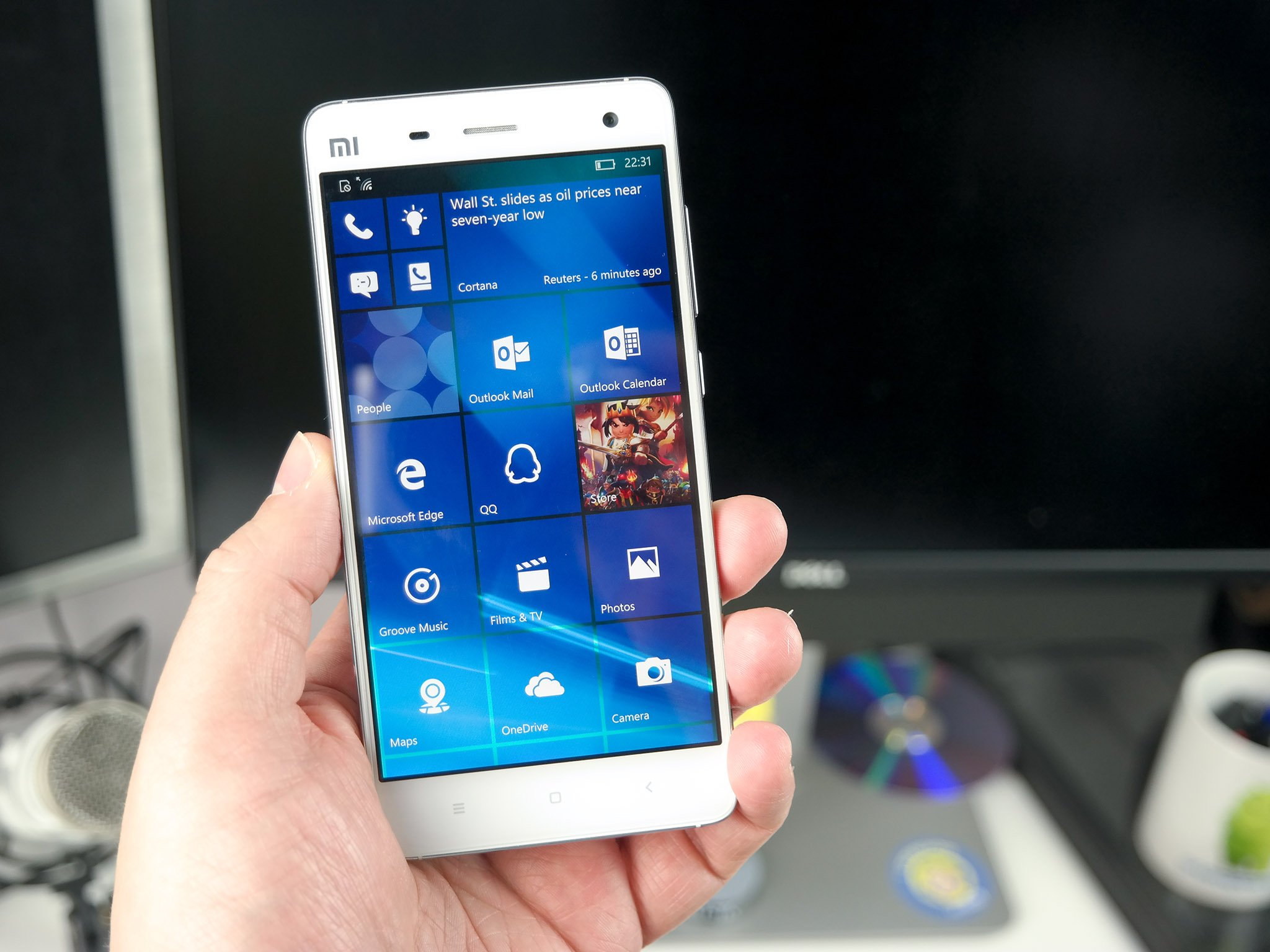
Perhaps the biggest surprise I found during the process was how little time it actually takes to do. In a matter of minutes the software does its thing and you're firing back up a Windows 10 Phone when you turned off an Android one. But after the standard Windows 10 Mobile set up process what you're left looking at is what you see in the images here.
Get the Windows Central Newsletter
All the latest news, reviews, and guides for Windows and Xbox diehards.
The Mi4 is getting a little long in the tooth in respect to Xiaomi, having been released some time ago and surpassed on a hardware level by several phones since. But that doesn't change that what we're looking at here is every bit a high-end experience. The Windows 10 Mobile user interface looks just awesome on the 5-inch, 1080p display and you lose none of it with on-screen navigation buttons. The hardware keys on the Mi4 have been remapped to the Windows equivalents, albeit in a different order.
The menu button on the left is now for Cortana/Search, the middle button remains as home and the right hand back button is still back, though in this incarnation it also doubles up as the task switcher with a long press. For Windows veterans, a small learning curve. For Android/MIUI users dipping their toe for the first time it could take a little getting used to.
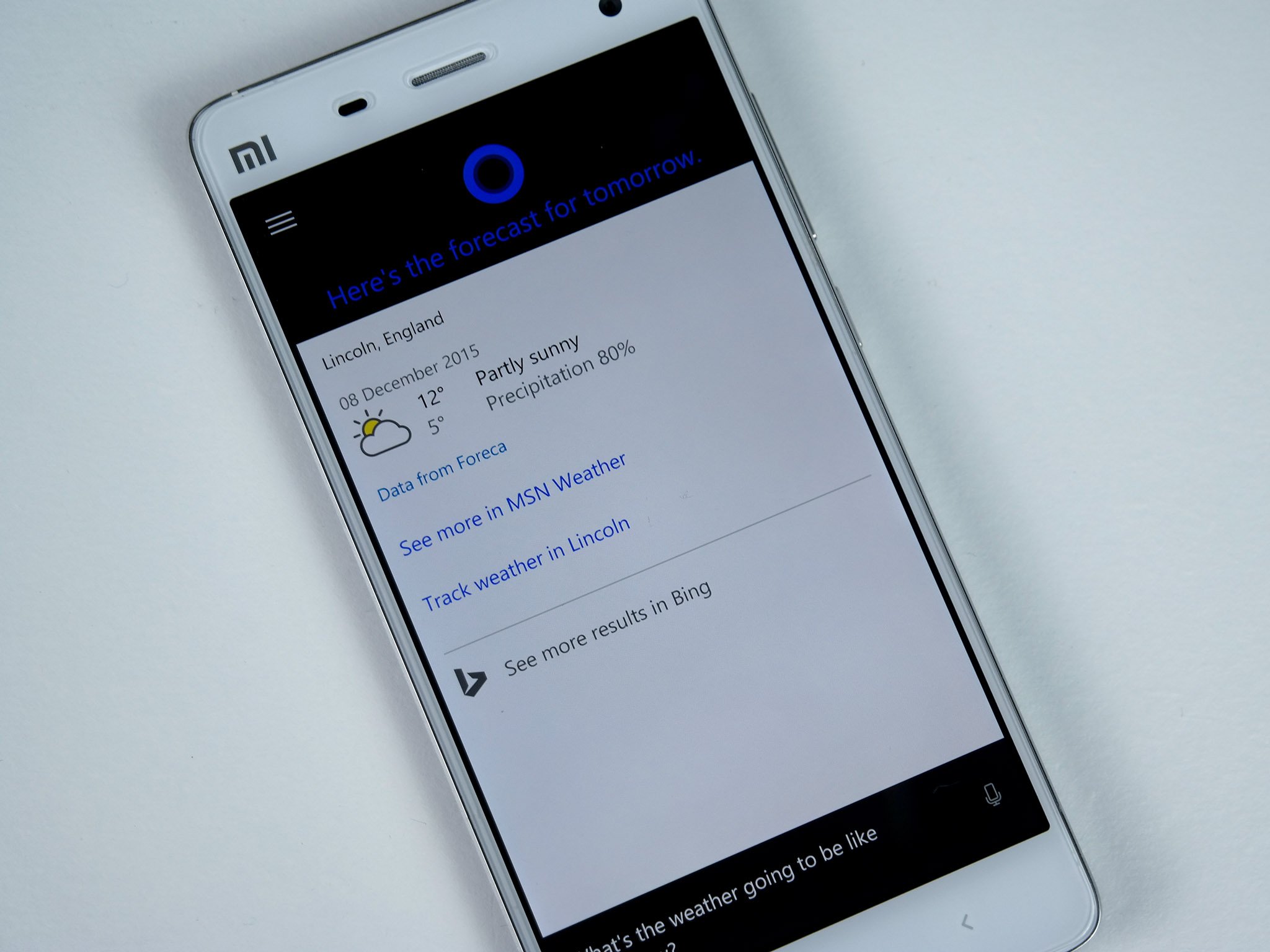
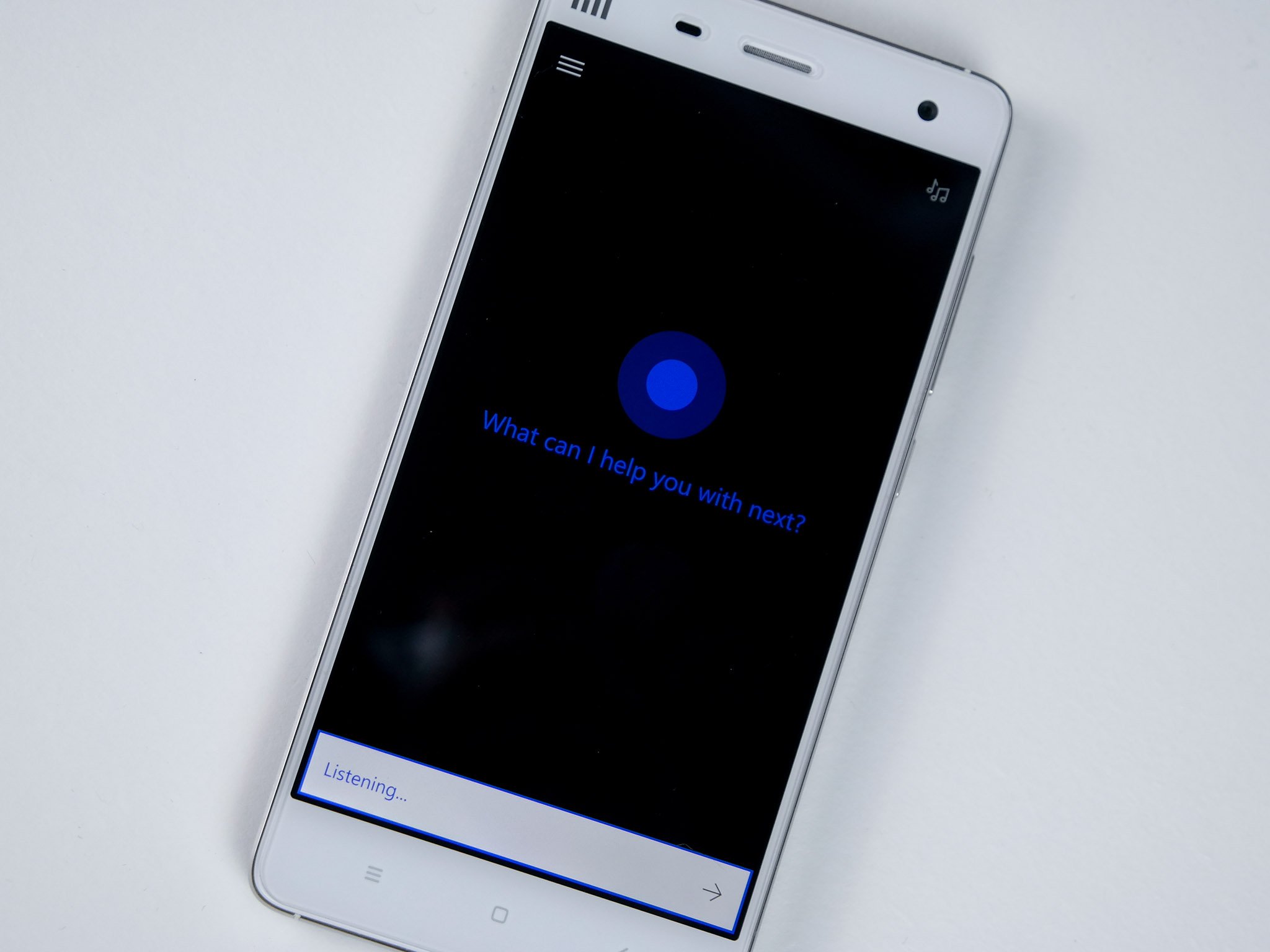
From a software perspective there's little to tell to folks already familiar with the Windows Insider builds that have been pushing out to other phones. The Mi4 is on build 10586 currently when you flash it and it comes with most everything you'd expect to see. The pre-loaded Microsoft apps are present and correct, Cortana is fully functional and the only real change is a couple of Chinese specific apps. Nearby Numbers is entirely in Chinese and there's a QQ app preloaded that hopefully someone out there will recognise. I certainly do not.
Cortana works as well as it does on any other Windows 10 device that supports it, though here in the UK I have had a couple of issues getting set up, mainly around languages. UK English wasn't an option at set up of the phone so I've had to resort to setting everything to U.S. English, but otherwise, all working well.
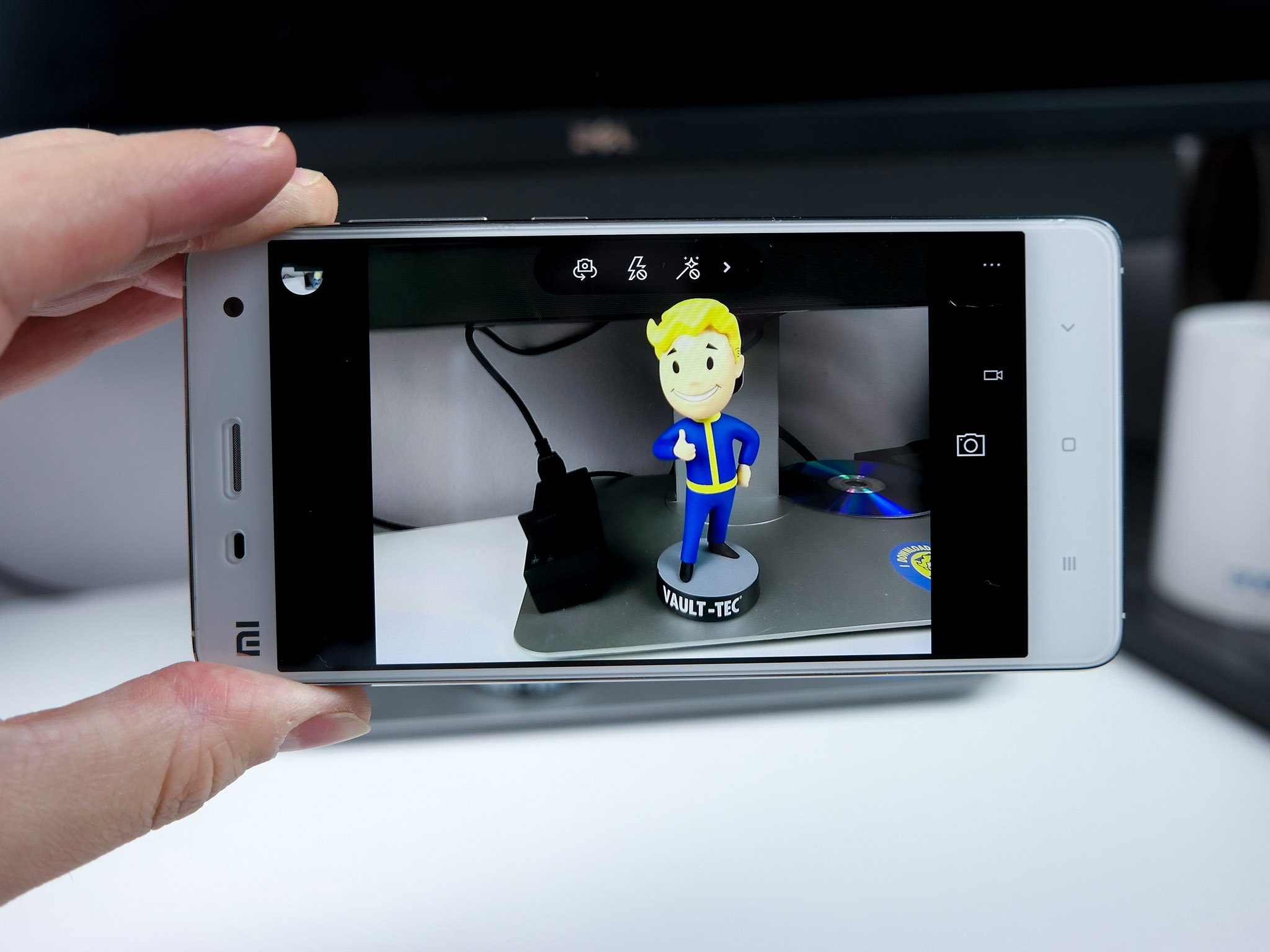
Sadly, the camera isn't quite such a happy story. It works and to my eye takes pictures of comparable quality to when it ran Android, but there's still some work to do I think. The autofocus is a little erratic, often bouncing around a couple of times before finally settling. You can touch the screen to tell it where to focus, but even then it's not quite as speedy as I'd have hoped. I fear this is a result of slapping Windows Camera onto a phone that hasn't had any optimisation work done.
General performance seems good, too. Whether Android fans love or hate MIUI, one thing that is absolutely certain is that it's slick. The Mi4 with Windows loses a little of that in places, but for the most part it's a smooth, pleasing user experience. Apps are quick to load and scrolling is mostly smooth across the board with just the occasional hiccup.
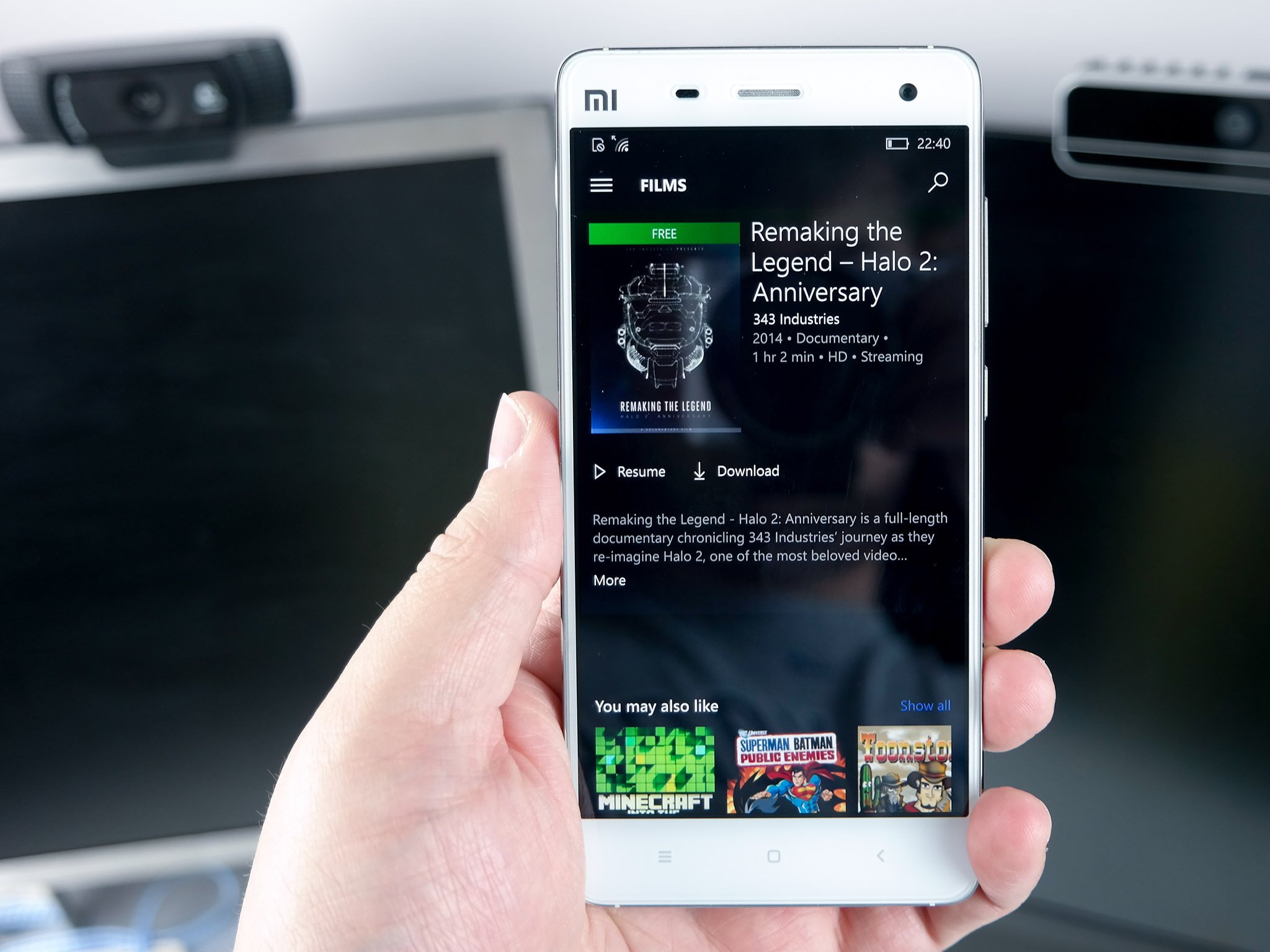
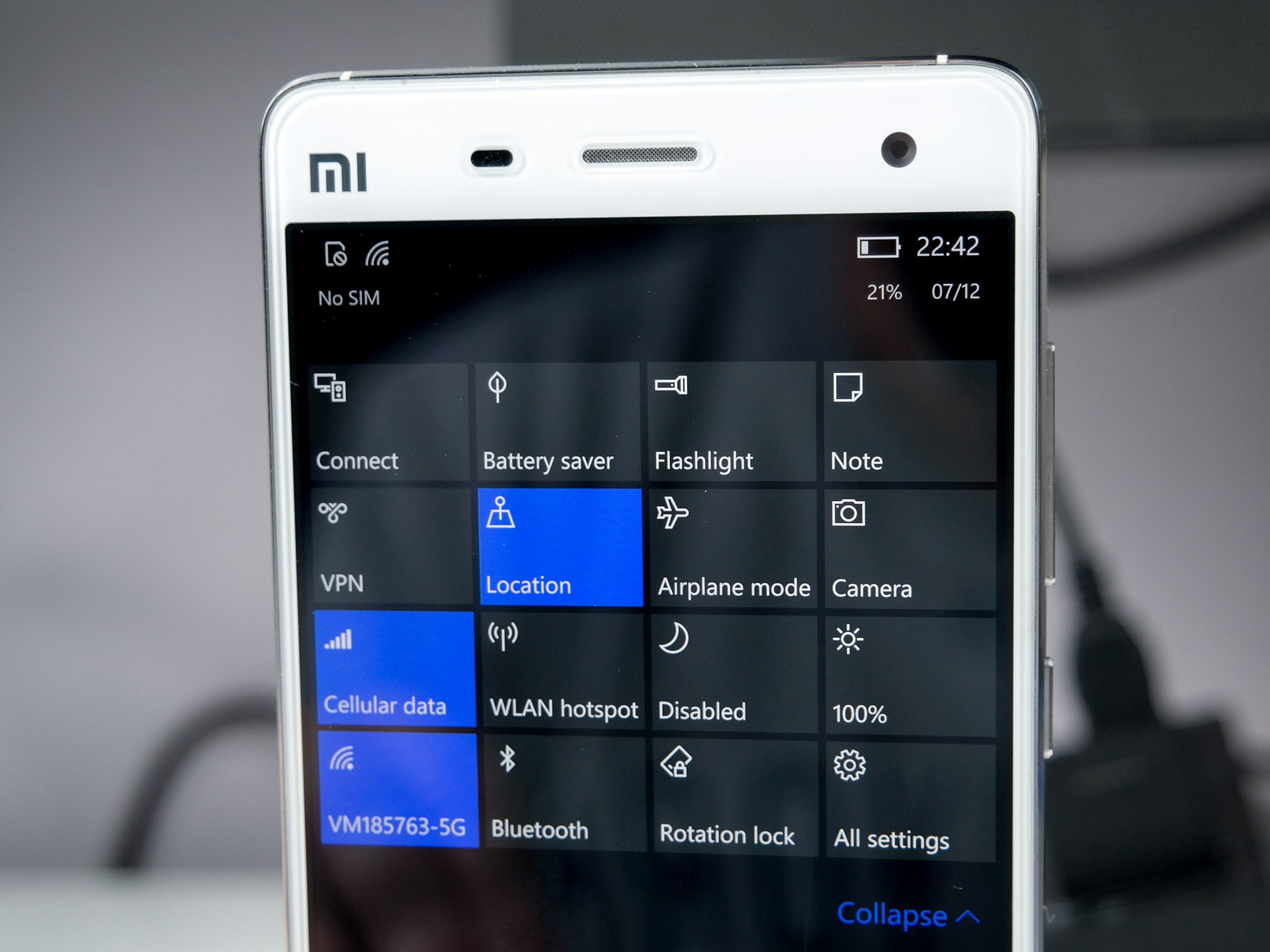
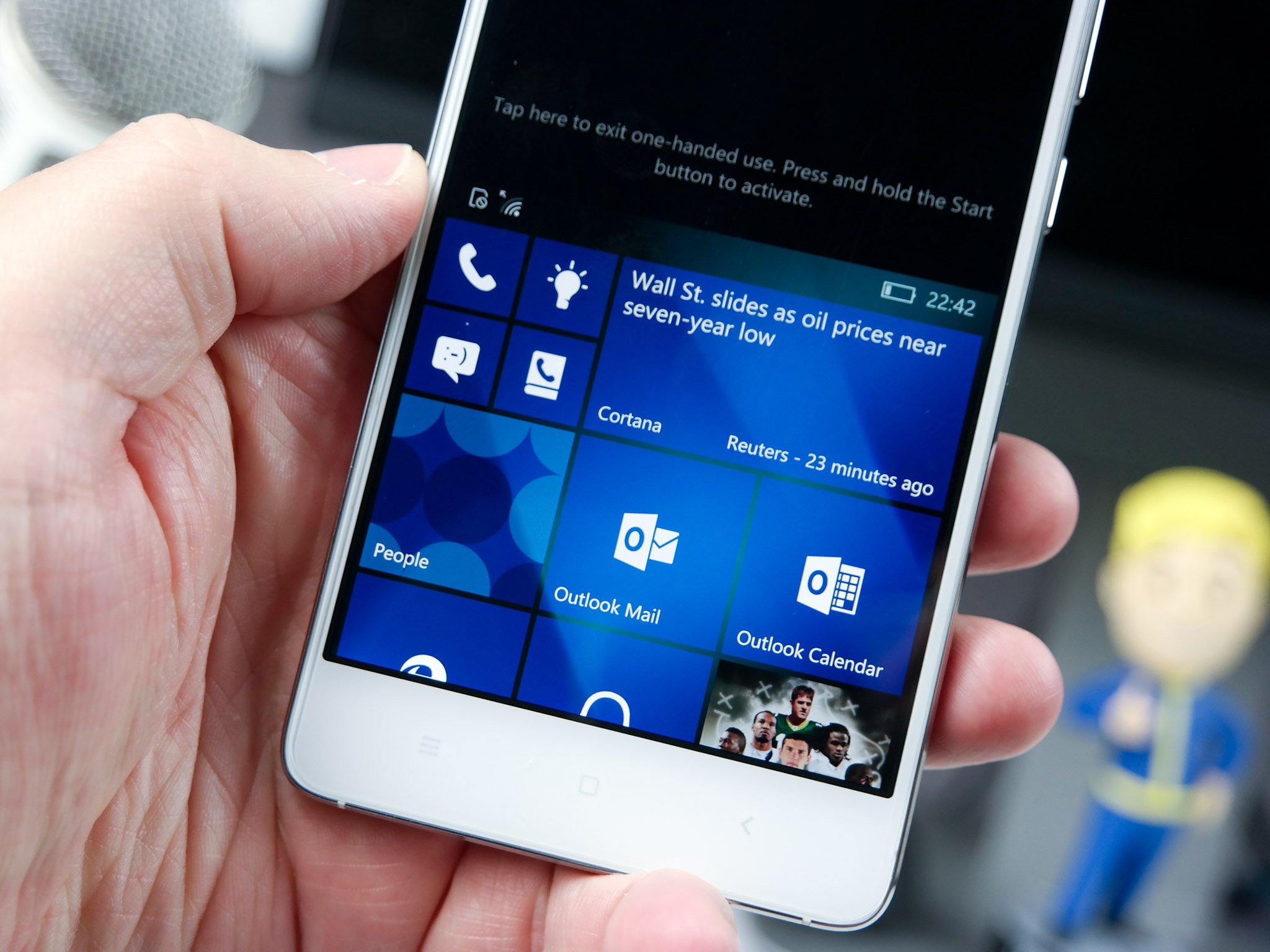
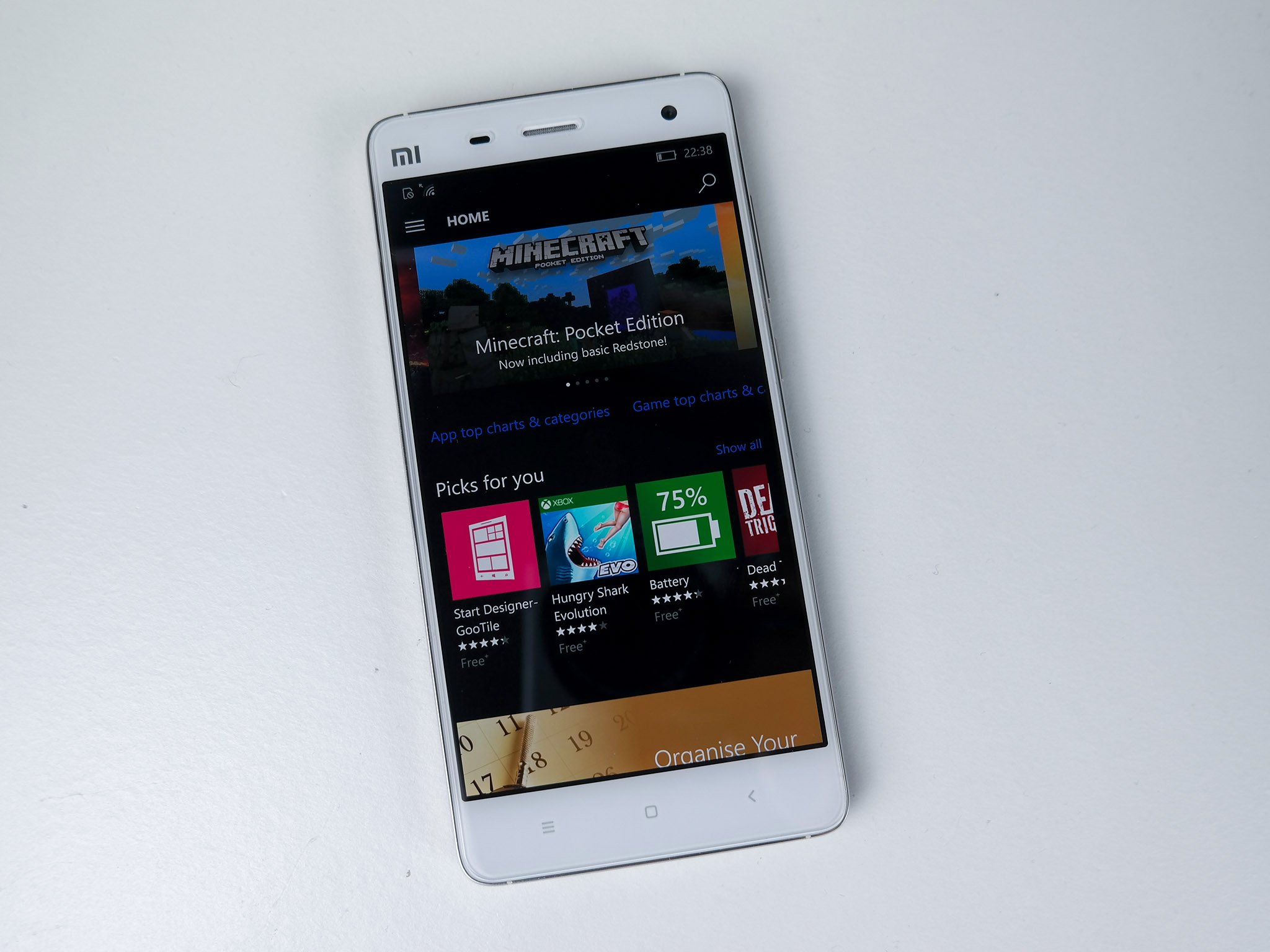
While it's far too early to talk about long term performance, or how battery life may or may not have been affected, the first impressions here are very good. Personally, I've long been a fan of Xiaomi phones, in part due to their combination of high end hardware and affordable price. Xiaomi is also extremely friendly to the tinkerers out there, the folks who like to mess around with ROMs and tweaks and what not.
So what we have here thanks to Microsoft and Xiaomi getting together is something pretty special. Never before have we been able to download some software, apply a couple of bits of command line and come out with a Windows phone where once we had Android. So now we have the Mi4, a well put together, decently performing phone that can be picked up for not a lot more than the price of a Lumia 640XL right now. Your support path will be better on a Lumia, no doubt, and we're still not 100% sure where the Mi4 goes from here.
It also leaves us wondering what's next. The partnership has proved successful and the results have been pretty spectacular to be fair. The process is simple to carry out and I'm sure I'm not the only one hoping that the two companies start to offer this to more phones in the line up in the future. And with Xiaomi now releasing it's very first Windows 10 tablet, the Mi Pad 2, who knows what the future truly holds.

Richard Devine is a Managing Editor at Windows Central with over a decade of experience. A former Project Manager and long-term tech addict, he joined Mobile Nations in 2011 and has been found on Android Central and iMore as well as Windows Central. Currently, you'll find him steering the site's coverage of all manner of PC hardware and reviews. Find him on Mastodon at mstdn.social/@richdevine
